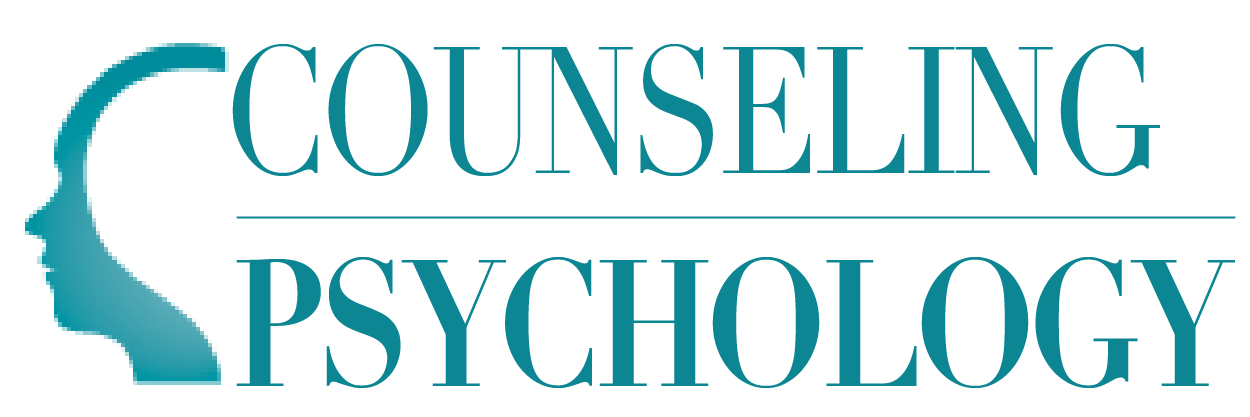MFT vs LMFT: What’s the Difference?

In the realm of mental health professions, the acronyms MFT and LMFT are often used interchangeably, leading to confusion among those exploring careers in counseling or seeking therapy services. MFT stands for Marriage and Family Therapist, while LMFT stands for Licensed Marriage and Family Therapist. Understanding the nuances between these two terms is crucial for individuals navigating the mental health landscape. This article aims to shed light on the key differences between MFT and LMFT, exploring their educational requirements, licensure processes, and scope of practice.
Educational Requirements
One of the primary distinctions between MFT and LMFT lies in the educational requirements for each designation. Both paths typically begin with a bachelor’s degree in psychology, a bachelor’s degree in counseling, or a related field. However, the divergence occurs at the master’s level.
MFT programs focus on providing a broad foundation in marriage and family counseling theories and techniques, encompassing various therapeutic modalities applicable to individuals, couples, and families. Graduates of MFT programs may choose to work in settings that involve relationship and family dynamics, but they do not possess the specialization granted by licensure.
On the other hand, LMFTs undergo additional training to attain licensure. This often includes a master’s degree in marriage and family therapy, clinical psychology, or a related field from an accredited institution. LMFT programs incorporate supervised clinical hours and coursework that meet state-specific licensing requirements, preparing individuals for the challenges of therapeutic practice within the context of marriage and family dynamics.
Licensure Process
The licensure process is a crucial step for individuals seeking to practice as LMFTs. While MFTs may provide counseling services, becoming a licensed professional adds a layer of specialization and credibility. Licensure requirements vary by state, but generally, they include completing the necessary educational coursework, accumulating supervised clinical hours, and passing a licensing exam.
LMFTs must also adhere to a professional code of ethics and demonstrate competence in addressing the unique challenges associated with marriage and family therapy. The licensing process ensures that practitioners possess the skills and knowledge necessary to navigate the complexities of interpersonal relationships and family dynamics.
Scope of Practice
The scope of practice is another key differentiator between MFTs and LMFTs. MFTs, without licensure, may still offer counseling services, but their focus is broader, encompassing individual therapy and general relationship counseling. They may work in a variety of settings, including community mental health centers, schools, or private practices.
In contrast, LMFTs specialize in providing therapy within the context of marriage and family dynamics. Their training equips them to address issues such as communication breakdowns, family conflicts, and relationship struggles. LMFTs are uniquely positioned to navigate the complexities of interpersonal relationships, offering specialized interventions that promote healthy family functioning.
RELATED: How to Become a Couples Counselor
Choosing the Right Marriage & Family Therapist
For individuals seeking therapy, understanding the difference between MFTs and LMFTs is essential in making an informed decision. The choice often depends on the nature of the issues being addressed. If the focus is on individual concerns or general relationship challenges, an MFT may be suitable. However, for those specifically dealing with marriage or family-related issues, an LMFT’s specialized training may be more beneficial.
MFT vs LMFT: What’s the Difference?
In summary, while MFT and LMFT may seem similar, the distinction lies in the educational requirements, licensure processes, and scope of practice. MFTs offer a broader range of counseling services, while LMFTs specialize in addressing the intricacies of marriage and family dynamics. Whether pursuing a career in counseling or seeking therapy services, understanding these differences is crucial for making well-informed decisions that align with individual needs and goals.



